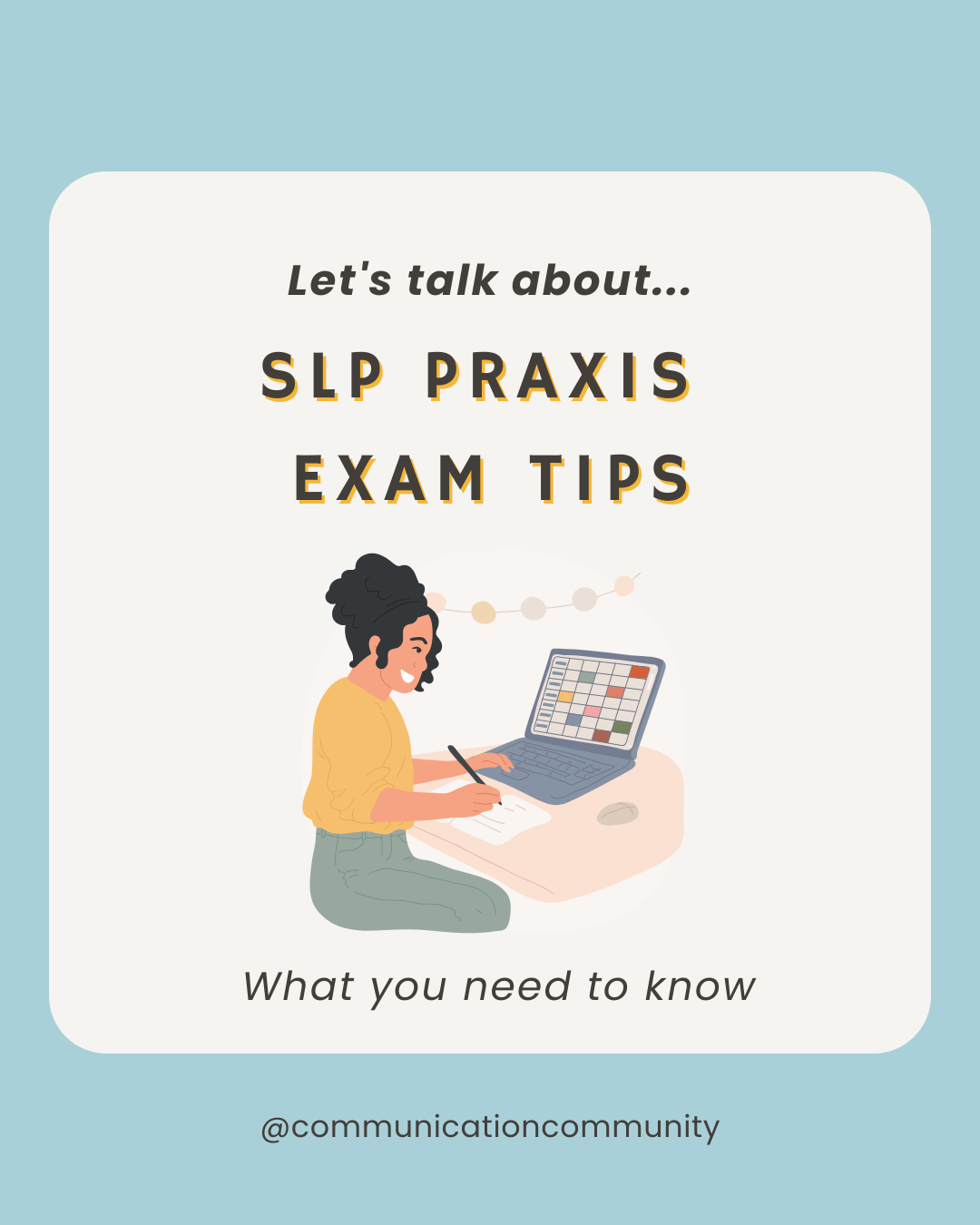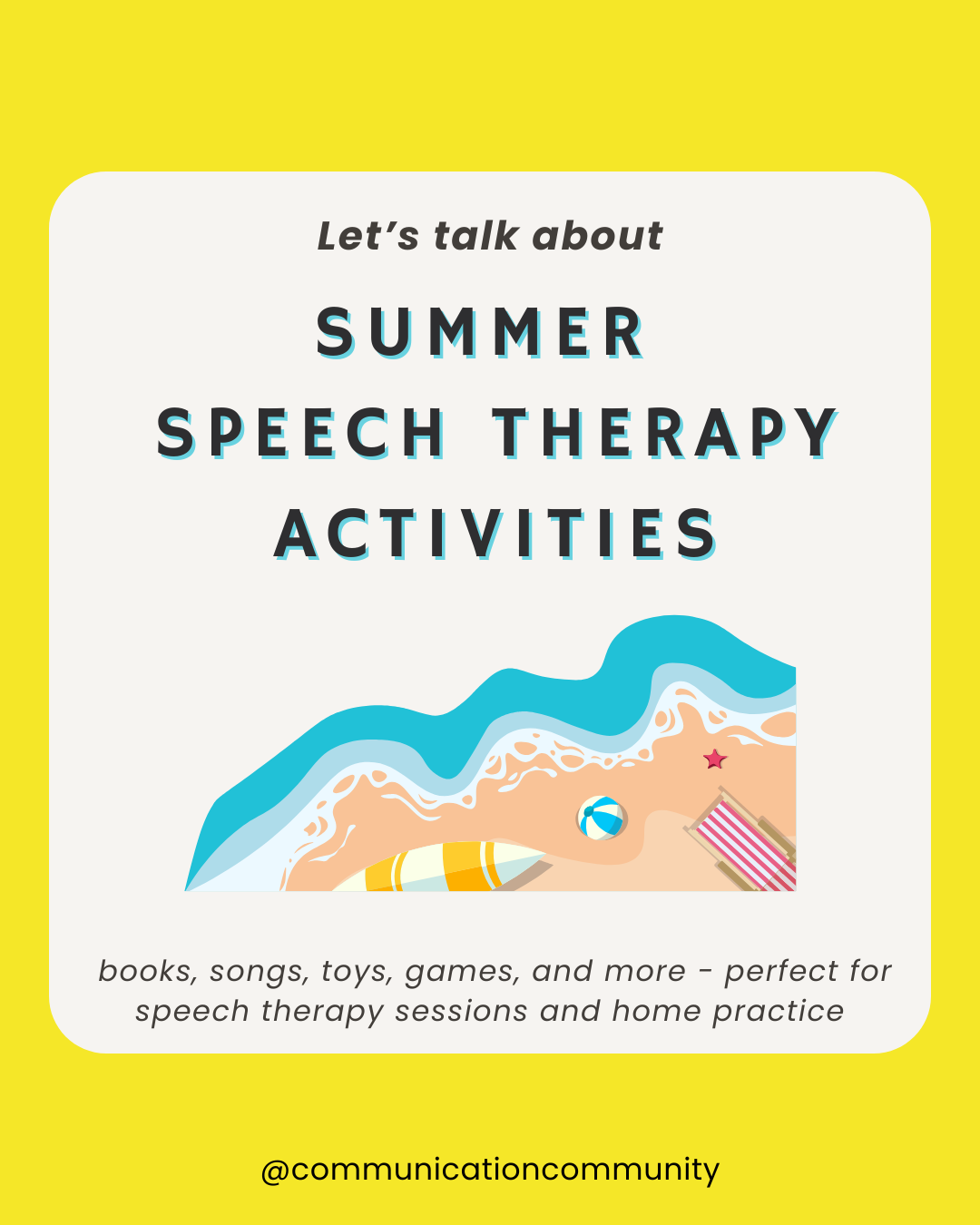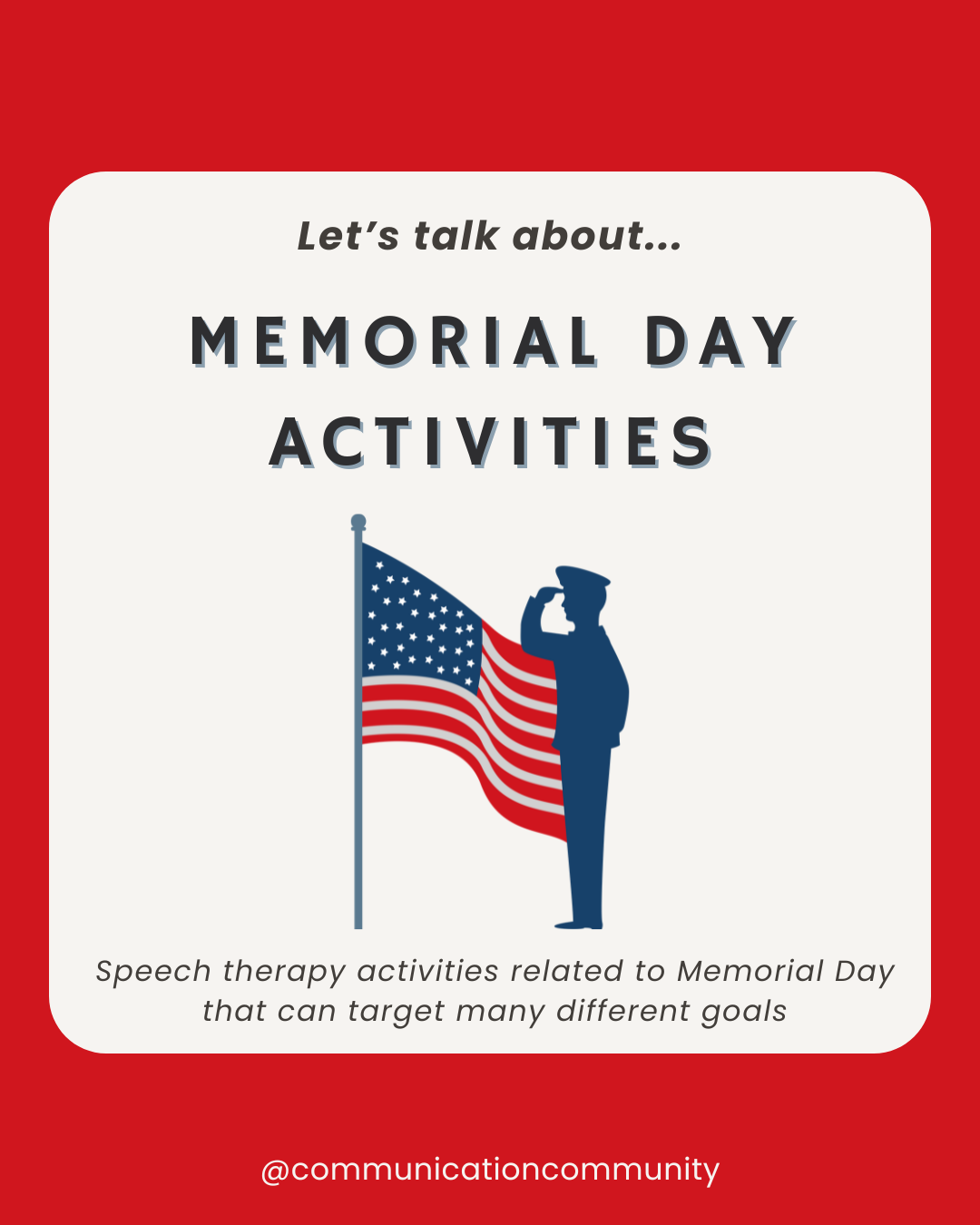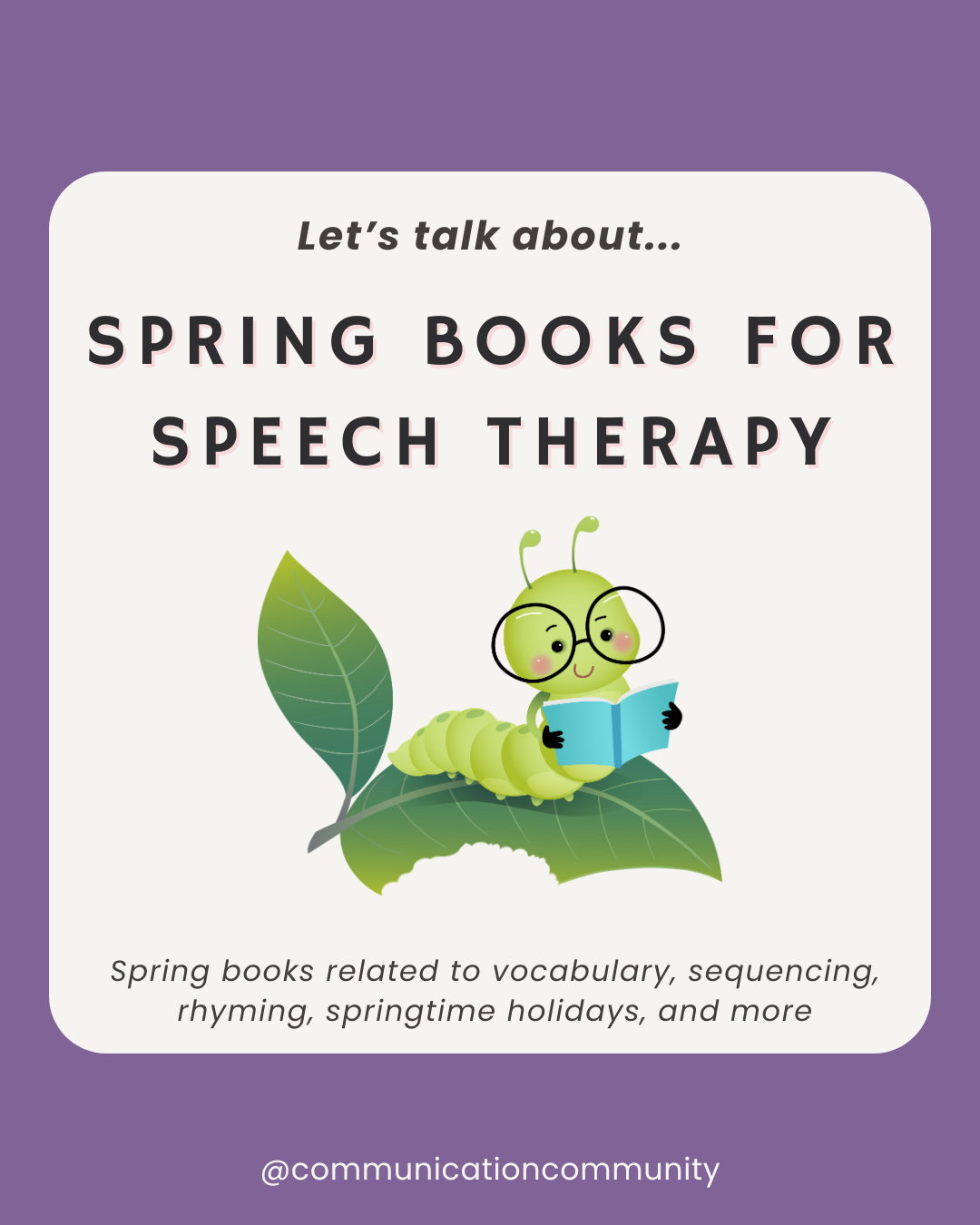This month, our favorite therapy tool is...listening to music!
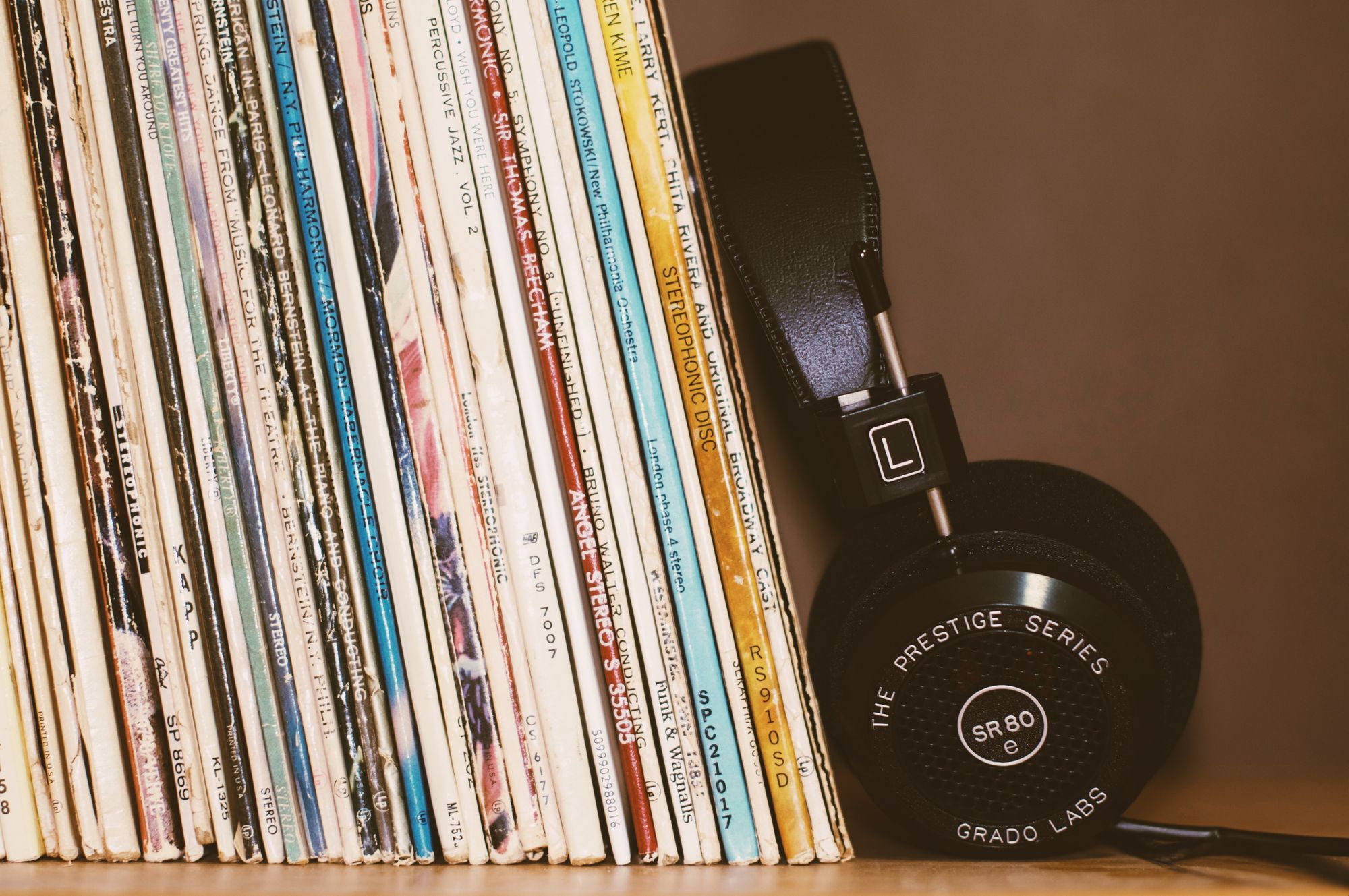
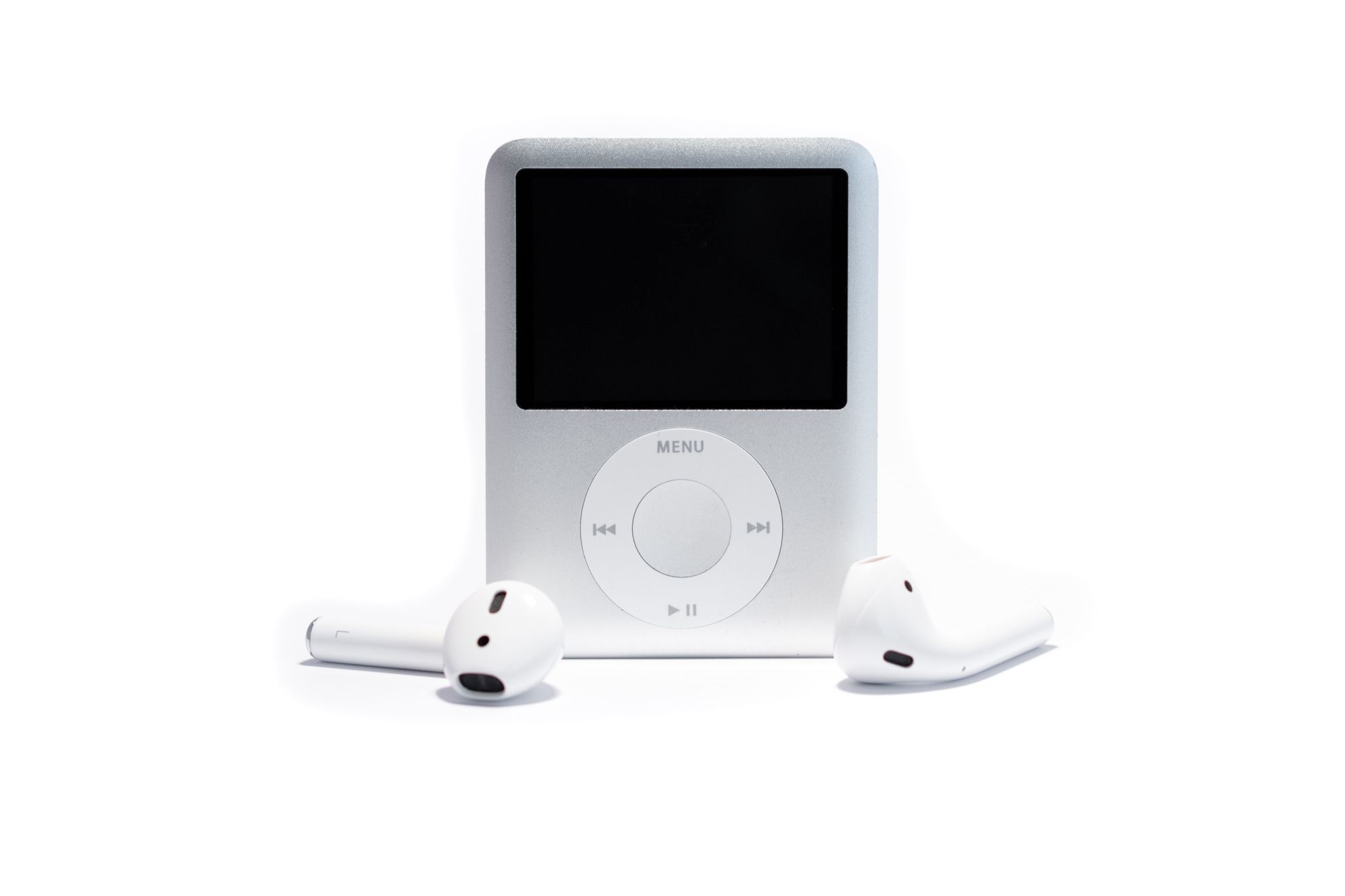
Why we love it:
It’s different. There are more songs and types of music than we could possibly list, so you’re likely to find something that is liked by the person or group with whom you’re engaging!
It’s clean. Both in the sense you can find clean, age-appropriate music, and that devices to play music are easy to clean and don’t require too much touching (hello, global pandemic).
It’s versatile. Music can be used whether you’re working with someone in person or virtually.
How we use it:
As a reinforcer. Music is a welcome break for many individuals during our sessions. Sometimes, I ask that they work for a timed interval, e.g. for 1 minute, 2 minutes, 15 minutes or more, and they get to listen to music as a break. Sometimes, I ask that they complete 4 tasks, 10 tasks, or more, and then they get a music break. These tasks may be as simple as an articulation production, or as complex as completing a multi-sentence writing prompt; hence why you may vary the number of tasks completed in order to listen to music.
As something to request or comment about. Individuals can develop expressive language skills by requesting for music/specific songs or commenting. Comments can include if the individual likes the song, doesn't like it, if it’s too loud, too soft, or anything else related. Furthermore, if you are targeting core words, many core words can be incorporated into a music activity, such as “want,” “more,” “on,” “off,” and “like,” to name a few.
As conversation practice. If you are interacting with a group of individuals, you can talk about music you like, specific songs, artists, or ways to listen to music (e.g. on your phone, at a concert). If you check out our post on pragmatic language resources, music can be used as a preferred activity or way to incorporate initiating/switching/maintaining a specific topic as well!
Incorporating music into therapy sessions has been positive for individuals of all ages, abilities, and backgrounds. This includes individuals with autism, developmental disorders, aphasia, and brain injuries.
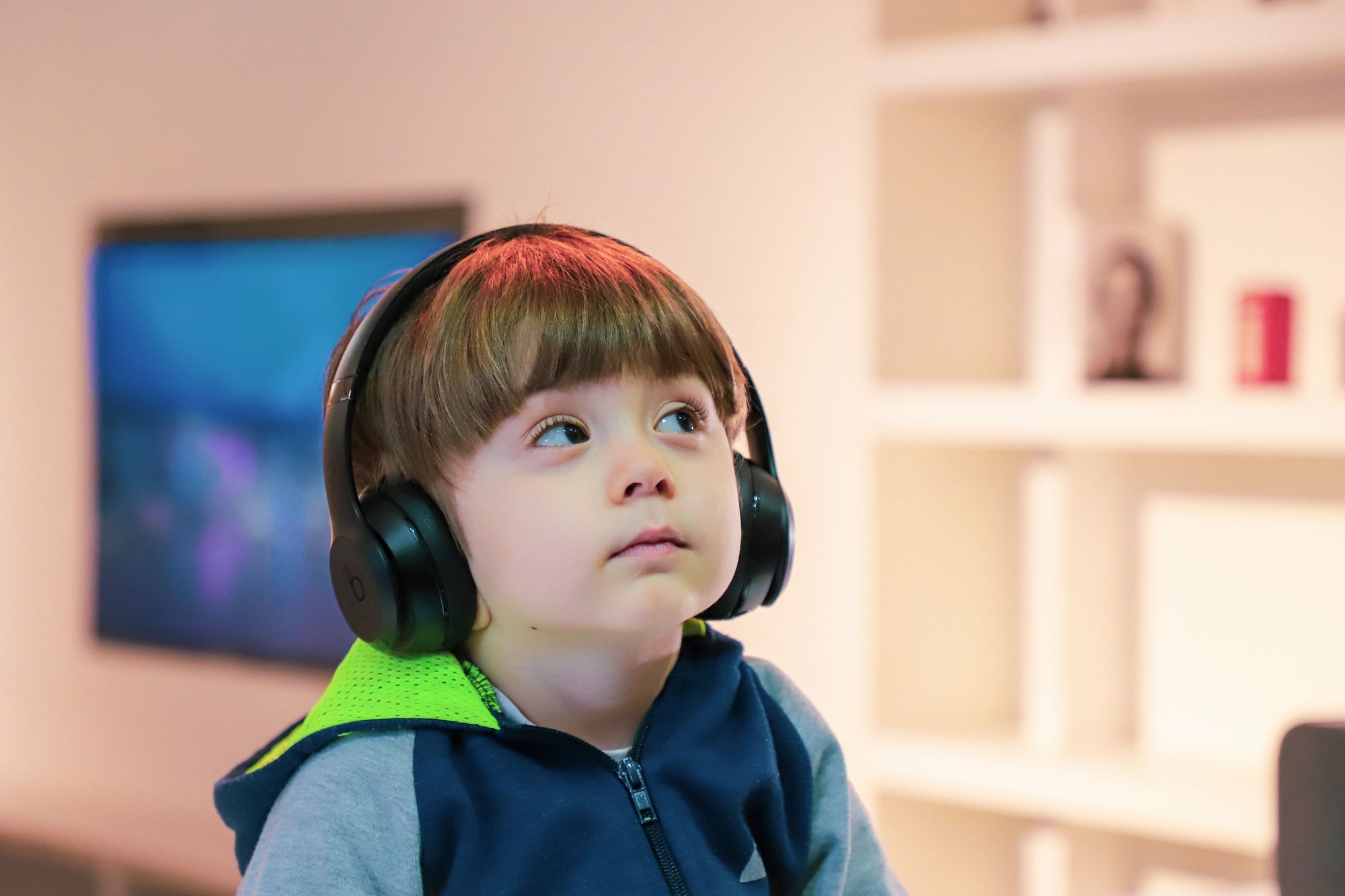
How have you used music to engage with someone else?
Each month, we publish one our favorite therapy tools of the month. Check out previous posts and see why we love and (how we use) virtual tours, whiteboards, and more!

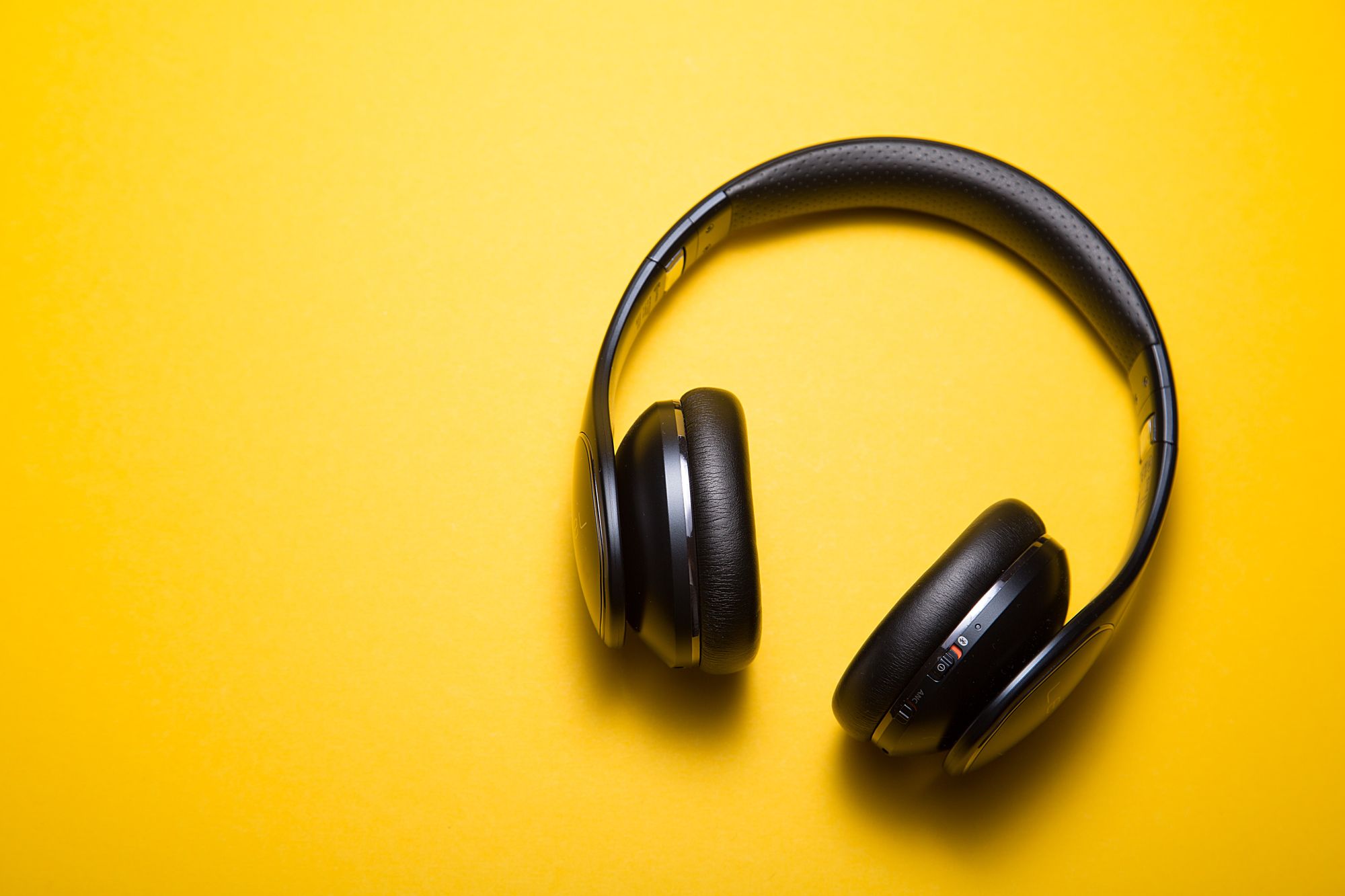
![How to Write Apraxia Goals [with goal bank]](https://www.communicationcommunity.com/content/images/2024/07/Apraxia-Goals--1-.png)
